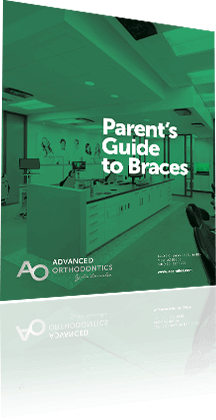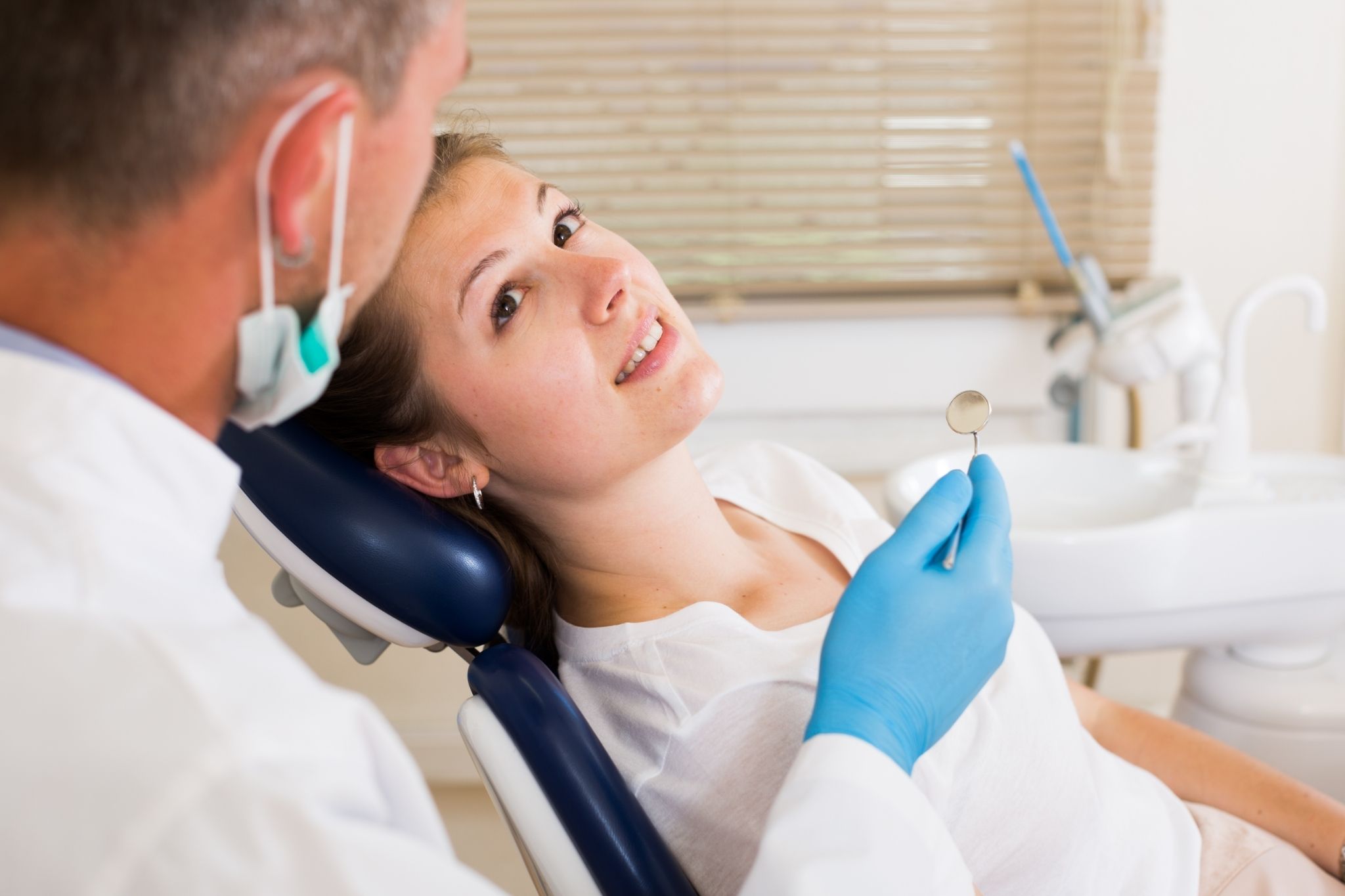So you’ve decided it’s time to straighten your teeth. No one should hide their smile, after all. But where do you start? You’ve heard about Invisalign and how it has become one of the most popular orthodontic solutions these days. But you still have some nagging questions that need to be answered first. Some of these being, how long do you usually have Invisalign aligners for? Will aligners do the trick? Do I wear them all day long?
Not only do aligners look more aesthetically pleasing than metal braces, often, they will also produce the desired result much sooner too. Now that’s what we call a bonus. Invisalign treatment time will depend on many different factors, but the most crucial factor is how many hours a day you end up wearing your aligners. So being strict and following your doctor’s guidance is key to keeping your treatment time on track.
While most treatment plans range from 6-18 months, metal braces average at two years. Of course, everyone’s treatment plan is unique because everyone’s teeth and alignment issues are different. For example, usually, you’ll find a teenager won’t have treatment as long as an adult does because their jaws and teeth are more responsive to pressure.
This post answers the questions: how long is a typical Invisalign treatment?, how long do you usually have Invisalign?, and why do treatment times vary so much?
How Do Invisalign Aligners Work?
Invisalign treatment allows your teeth to be gently adjusted into position by using a series of clear, custom-fit aligner trays. Your trays will need to change throughout your treatment until you have reached your desired result.
Because they are transparent, most people won’t even notice you are wearing aligners, offering a minimal impact on your day-to-day life. And if you can’t stand to wear them to an important event, just take them out. However, it’s always best to consult your doctor first.
How Long Is A Typical Invisalign Treatment?
If you’re wondering, how long is the Invisalign treatment? The length of your treatment, as with most things, will depend on many factors. How complex your case is, your goals of treatment and if you keep your aligners in for the recommended 22 hours a day for starters.
On average, comprehensive Invisalign treatment time is 12-18 months. This means regular appointments with your doctor to make sure your teeth are improving as planned. These appointments will usually include a change of aligners based on your personalized treatment plan. Sometimes they may change as often as every 4 days to weekly.
How Long Do I Have To Wear An Invisalign Aligner?
You’ve heard the number. Your aligners need to be worn 22 hours a day. That’s basically the whole day, and that means while you are sleeping too. You can, of course, take them out to eat, brush, and floss, but don’t forget to put them back in. It’s essential to get on board and wear your aligners for the 22 hours, otherwise, you will delay the date your treatment will be complete.
Why 22 hours? Aligners are more extended to put constant pressure on your teeth to slowly move them into the correct place. If you’re not wearing them, your teeth will start to shift back to their original position. So if you don’t keep them in, they won’t do their job, and your goal of having straight teeth will take longer to achieve.
What if I skip a day? It probably won’t be problematic, but if you have a special event coming up and you know you will feel more comfortable leaving your aligners at home, chat to your doctor and see what they advise.
Why Does Invisalign Treatment Length Vary So Much?
We’ve mentioned treatment time varying from between 6 and 18 months – that’s a big difference in time. Why? Ultimately, the time it takes the aligners to straighten your teeth depends on how complex your dental issues are and whether you keep them in for the recommended 22 hours a day. The variables that affect the treatment length include:
Distance to cover: How much your teeth need to move plays a role in the length of your treatment.
Bone structure: Your genetics and bone structure will determine how susceptible your teeth are to moving.
Complex issues: If you have complicated teeth issues and they need to shift a lot.
Keeping them in: Whether you wear your aligners for the recommended time each day or not.
Unwanted spacing: If your aligners are being used to close gaps and spaces of about 6mm, you’ll find a much longer treatment time is on the cards – most likely 24 months. But small gaps can take just six weeks to sort out.
Crowded teeth: Evening out mildly crowded teeth can take about 6-12 months. But severe cases won’t suit Invisalign as a treatment plan.
Remember that moving your teeth will take time, especially if you want to make it a comfortable journey. No solution will be instant, but Invisalign is one of the quickest, most comfortable and easily adjustable orthodontic options.
How We Can Help
Advanced Orthodontics is proud to be a top 1% Invisalign provider. This means that the practice has treated more patients with Invisalign than 99% of providers. Our team is known for creating beautiful, healthy smiles all over the Valley.
Advanced Orthodontics uses the latest orthodontic technology to treat patients of all ages from Mesa, Gilbert, Chandler, Scottsdale, and Globe. See the difference in our clients’ smiles by visiting our Smile Gallery.
See how Invisalign can perfect your smile and find out the answer to the question, how long is the Invisalign treatment? During a complimentary consultation at Advanced Orthodontics, we’ll walk you through this seamless process. Contact the team at Advanced Orthodontics for a professional answer to whether Invisalign is the answer for you.







